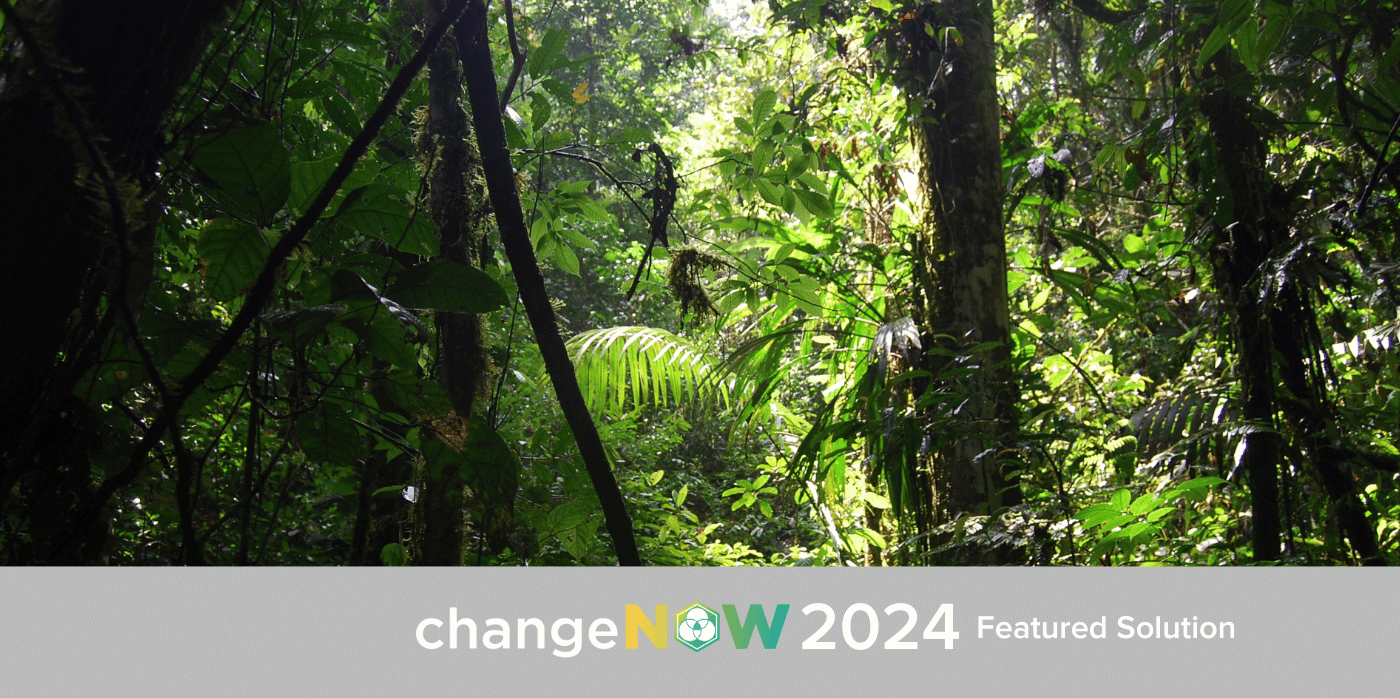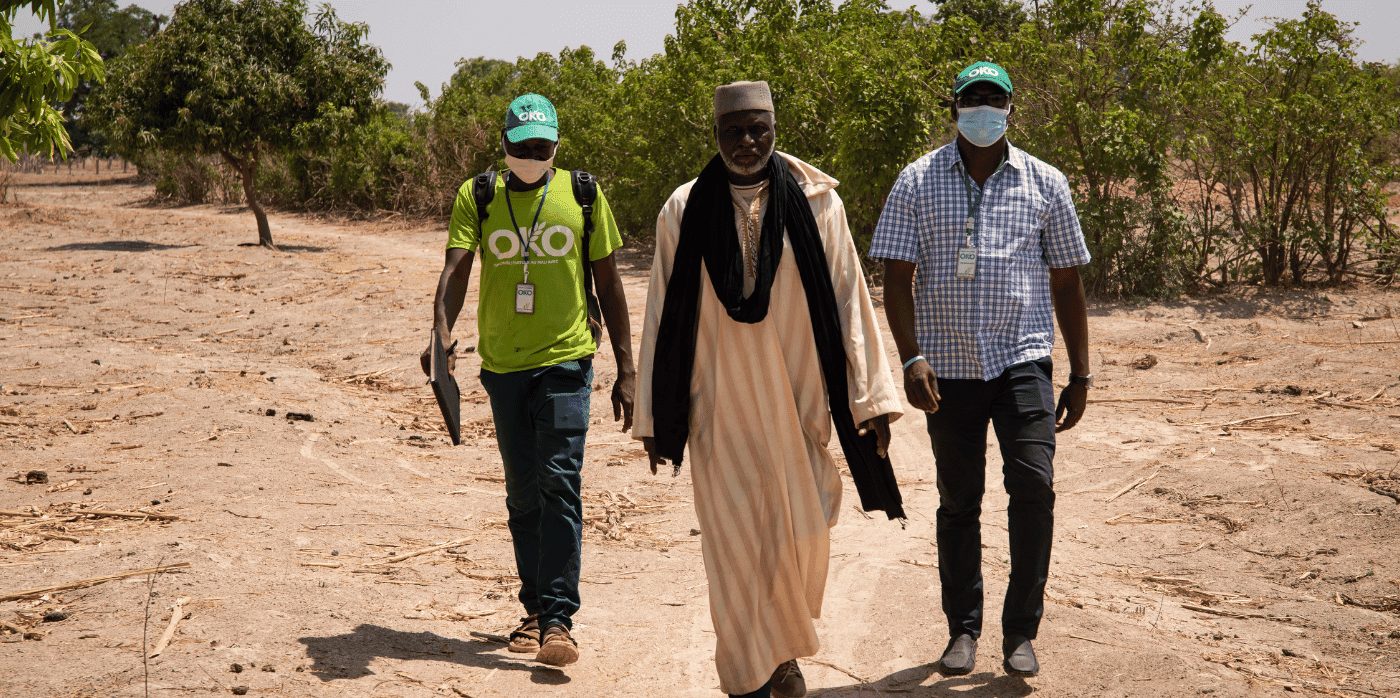Buying up threatened land to protect forests

Spotted: Recent research into the productivity of mature trees as carbon sinks found that the average age of peak net primary productivity ranged from 35 to 75 years. As a result, the many millions of trees being planted as part of reforestation efforts are not going to be fully effective at helping to mitigate climate change for several decades. Reforestation should therefore not be seen as a panacea for climate change, especially if it normalises people to the destruction of forests on the mistaken belief that we can ‘bring them back’ at will.
This is the argument of Green Sanctuaries, which is focusing its attention on preserving the forests that are still intact. The French organisation connects financial supporters with forests and communities needing support. It oversees projects around the world, including forest ecosystems in Ecuador, Zimbabwe, and Namibia that are especially important to the world’s biodiversity. Companies can get involved by donating money, time, and equipment. Individuals can contribute financially via a one-off or regular monthly donation.
The Green Sanctuaries team includes a global network of ‘forest watchers’ – biodiversity experts who identify the most precious plots of forested land in private hands. Once a parcel of land is confirmed as at risk, Green Sanctuaries tries to buy or long-term lease as much of it as possible. Once ownership has been transferred, the organisation works closely with local communities to design and implement long-term management strategies that include water access, creation of conservation jobs, and the opening up of the forest to research projects. In some areas, the Green Sanctuaries team also helps local and Indigenous communities protect the land from neighbouring pollutants, such as runoff from industrial farms.
The world’s forests are such rich spaces for biodiversity that in just one of Green Sanctuaries’ projects, a 3,500-hectare habitat, protects more than 100,000 species of insects, around 200 species of amphibians and reptiles, and 550 species of birds, while providing critical habitat space for the endangered tapir.
From creating a database of the world’s forests to using forest products as new food sources, innovations in Springwise’s library highlight the diversity of the projects working to save some of the world’s most important carbon sinks.
Written By: Keely Khoury





